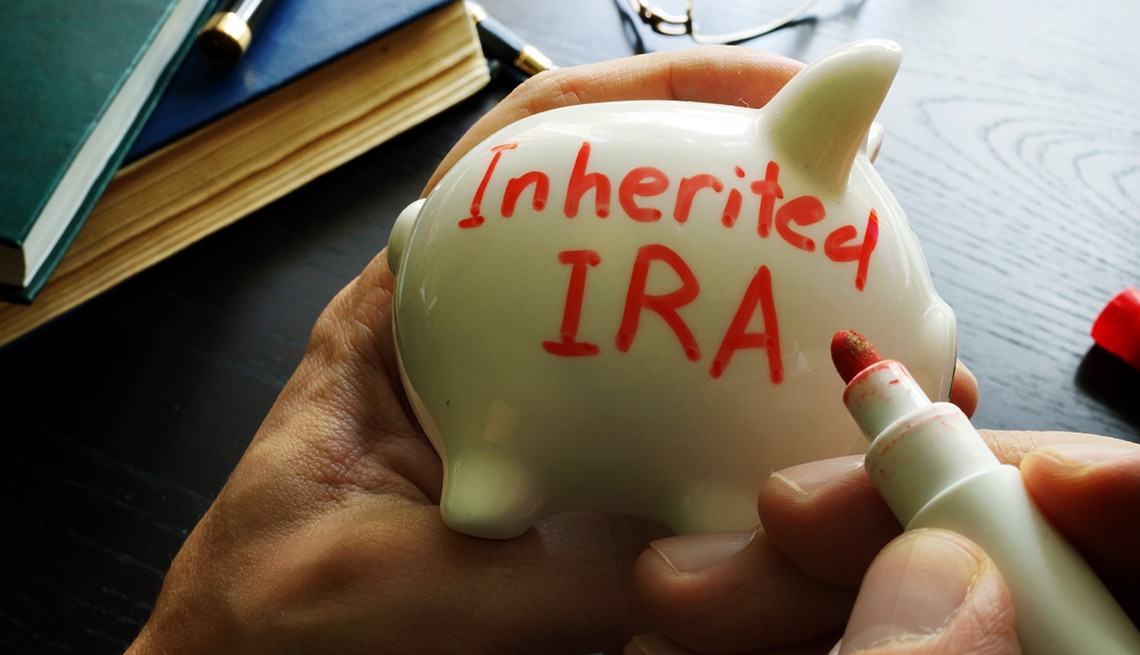The rules for inheriting retirement assets are complicated—just as complicated as the rules for having 401(k)s and IRA to begin with. Mistakes can be hard to undo, warns the article “Here’s how to handle the complicated rules for an inherited 401(k) or IRA” from CNBC.
The 2019 Secure Act changed how inherited tax deferred assets are treated after the original owner’s death. The options depend upon the relationship between the owner and the heir. The ability to stretch out distributions across the heir’s lifetime if the owner died on or after January 1, 2020 ended for most heirs. Exceptions are the spouse, certain disabled beneficiaries, or minor children of the decedent. Otherwise, those accounts must be depleted within ten years.
Non-spouses with flexibility include minor children. That’s all well and fine, but once the minor child turns 18 (in most states), the 10-year rule kicks in and the individual has 10 years to empty the account. Before that time, the minor child must take annual required minimum distributions (RMDs) based on their own life expectancy.
These required withdrawals typically begin when a retiree reaches age 72, and the amount is based on the account owner’s anticipated lifespan.
Beneficiaries who are chronically ill or disabled, or who are not more than ten years younger than the decedent, may take distributions based on their own life expectancy. They are not subject to the ten- year rule.
Beneficiaries subject to that ten-year depletion rule should create a strategy, including creating an Inherited IRA and transferring the funds to it. If the inherited account is a Roth or a traditional IRA, the process is slightly different. Distributions from a Roth IRA are generally tax-free, and traditional IRA distributions are taxed when withdrawals occur. One point about Roths—if you inherit a Roth that’s less than five years old, any earnings withdrawn will be subject to taxes, but the contributed after-tax amounts remain tax-free.
If an heir ends up with a retirement account via an estate, versus being the named beneficiary on the account, the account must be depleted within five years, if the original owner had not started taking RMDs. If RMDs were underway, the heir would need to keep those withdrawals going as if the original owner continued to live.
For spouses, there are more options. First, roll the money into your own IRA and follow the standard RMD rules. At age 72, start taking required withdrawals based on your own life expectancy. If you don’t need the income, you can leave the money in the account, where it can continue to grow. However, if you are not yet age 59½, you may be subject to a 10% early withdrawal penalty if you take money from the account. In that case, put the money into an Inherited IRA account, with yourself as the beneficiary.
IRAs and 401(k)s are complicated. Speak with your estate planning attorney to make an informed decision when creating an estate plan, so your inherited assets will work with, not against, your overall strategy.
Reference: CNBC (April 11, 2021) “Here’s how to handle the complicated rules for an inherited 401(k) or IRA”



